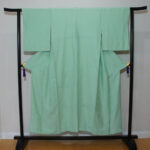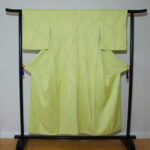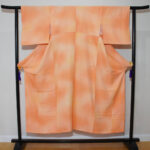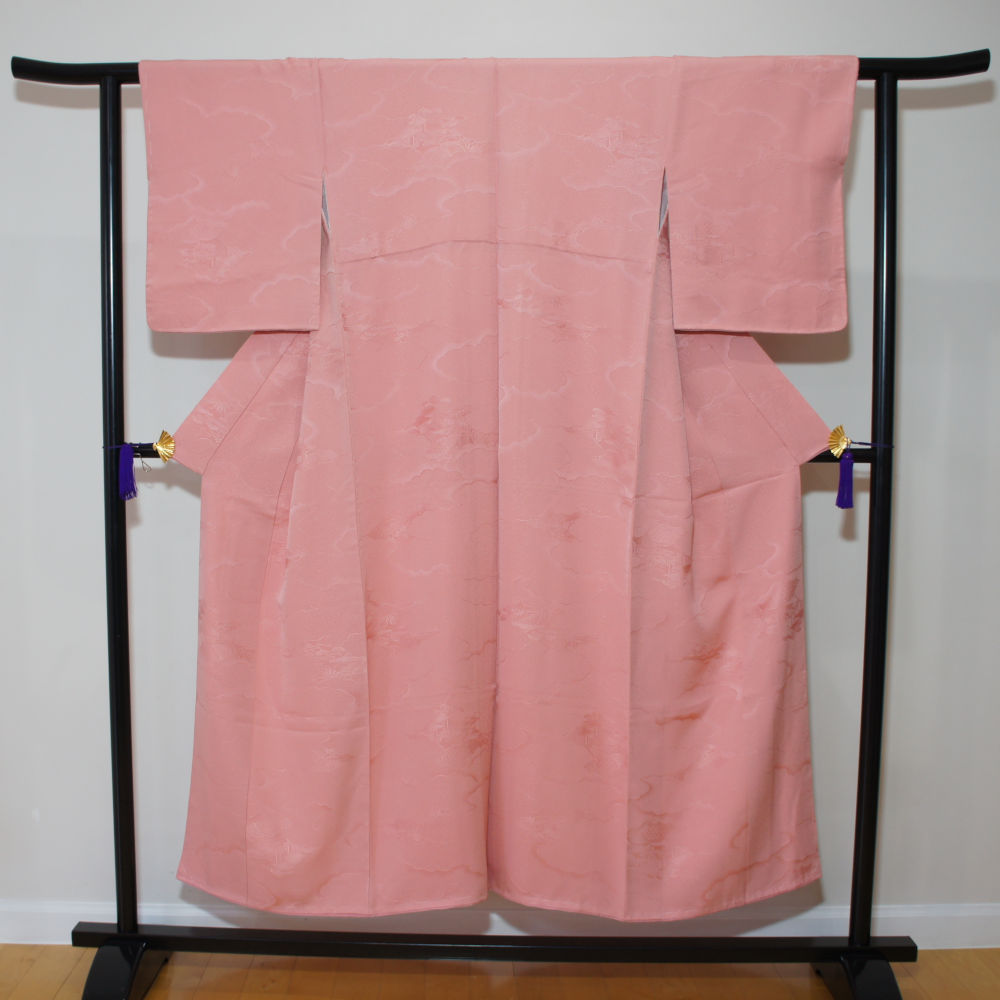Solid colour
By focusing on a single hue, they accentuate body lines and silhouette, enhancing the wearer’s personality and atmosphere. Moreover, when paired with accessories like belts or jewelry, they allow for the creation of a unique style.
Silk kimonos are characterized by their lustrous appearance and smooth, luxurious texture. They are cool and breathable, suitable for summer wear, yet offer excellent insulation for winter. Additionally, they feature beautiful dyeing and embroidery, making them suitable for formal occasions.
Origins: The origins of the kimono can be traced back to the Nara period (710-794 AD), but silk had been used as a primary clothing material long before that. Influenced by China, Japan developed its silk fabric manufacturing techniques.
– Heian Period**: The precursor to the kimono, the “Nohs” appeared, and the aristocracy favored elaborate attire. From this era, silk clothing adhered to detailed rules based on class, season, and occasion.
– Edo Period**: With the development of urban centers during the Edo period, culture flourished among merchants and townspeople, leading to greater diversification of kimonos. Technological innovations allowed for more sophisticated dyeing and weaving techniques, significantly advancing kimono culture.
– Modern Times**: Despite the spread of Western clothing with modernization, kimonos continue to be valued for formal wear and special occasions. Today, traditional techniques are preserved while new designs and materials are developed.
Japanese silk kimonos, through their beauty, technique, and history, continue to convey the value of Japanese culture worldwide as a symbol of its heritage.
全5件を表示




